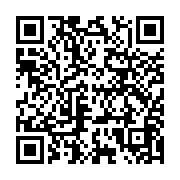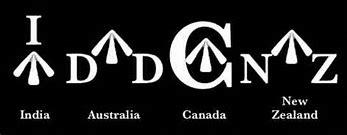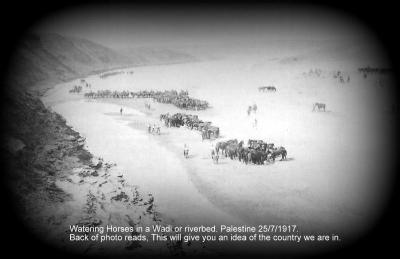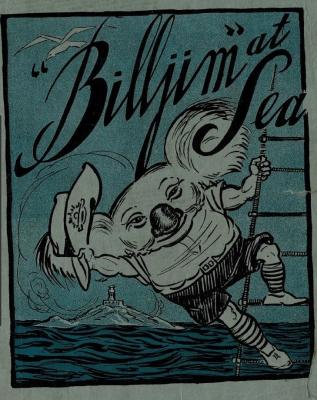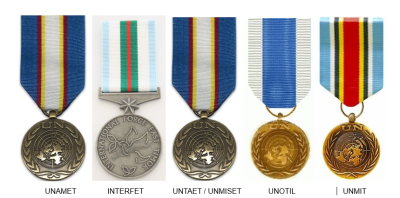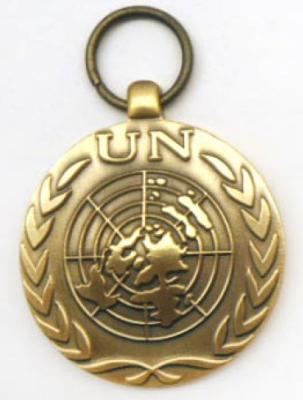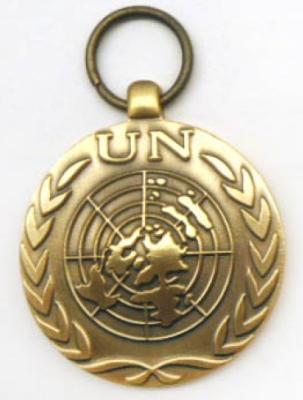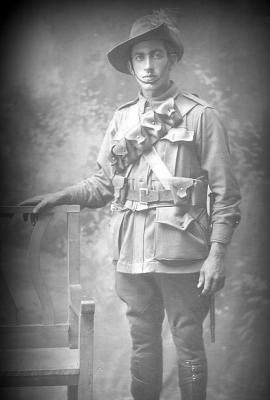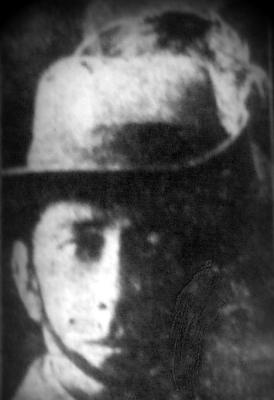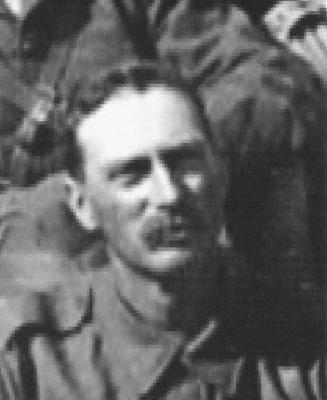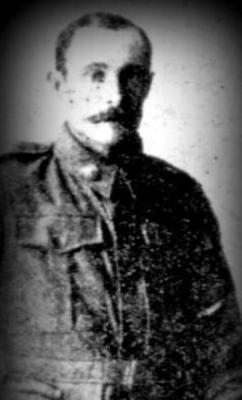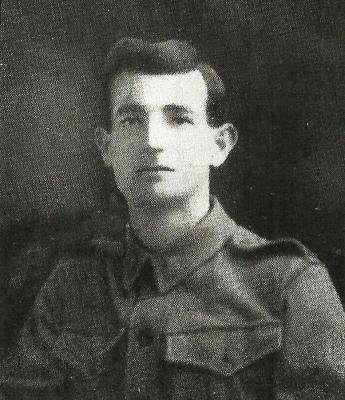Military Vehicle Signage - Infantry - World War 2
During World War 2, each Australian military vehicle normally carried a unit sign usually indicative of their function, corps or branch. The sign was affixed to the front nearside (left) bumper, or close to it, such as a forward facing wing, inboard of the division or formation sign. It was 8 ½ inches square normally a white number on a coloured background. The background colour for infantry units was either red, green or brown.
The use of markings on Australian military vehicles expanded and became more sophisticated following the mass production and mechanization of armies. During World War 2, Australian military vehicles carried a wide variety of markings including the vehicle registration number, bridge classification, a Tactical (Tac) sign indicating the vehicles roll, a unit sign and a Division/Formation sign and many more.
Details
Details
Each brigade in an infantry division had a background colour of red, green or brown according to seniority with numbers of 81, 87 and 94. Each infantry battalion duplicated the brigade background colour with unit numbers being 85, 86 and 87 in the senior brigade; 60, 61 and 62 in the next senior and 67, 68 and 69 for the junior brigade.
The standard reference is the 1997 monograph Formation signs and vehicle markings of the Australian Army 1903-1983 by Stephen Craig Taubert.
The marking of military equipment is not a new phenomena. A broad arrow, is a stylised representation of a metal arrowhead, comprising a tang and two barbs meeting at a point. It is a symbol used traditionally in heraldry, and later by the British government to mark government property.
The broad arrow was used in England from the early 14th century, and more widely from the 16th century, to mark objects purchased from the monarch's money, or to indicate government property. It became particularly associated with the Board of Ordnance, and later the War Department and the Ministry of Defence. It was exported to other parts of the British Empire, where it was used in similar official contexts.
Australian Army Museum of Western Australia
Australian Army Museum of Western Australia
Other items from Australian Army Museum of Western Australia
- Sign - Broad Arrow - British Ordnance Mark
- World War 1, Middle East, Palestine, Logistics, Watering 10 Australian Light Horse, 1917
- Souvenir Booklet "Billjim at Sea" - AIF Transports,1918
- Medals - East Timor Peacekeeping
- Poster - Australian Peacekeeping
- United Nations Peacekeeping Medal
- Regimental Ties
- World War 1, Australia, Western Australia, 265 COCKBURN, 10 Light Horse
- World War 1, Australia, Western Australia, 264 EAKINS, 10 Light Horse
- World War 1, Australia, Western Australia, 263 DUNN, 10 Light Horse
- World War 1, Australia, Western Australia, 262 DRISCOLL, 10 Light Horse
- World War 1, Australia, Western Australia, 261 DEBNAM, 10 Light Horse
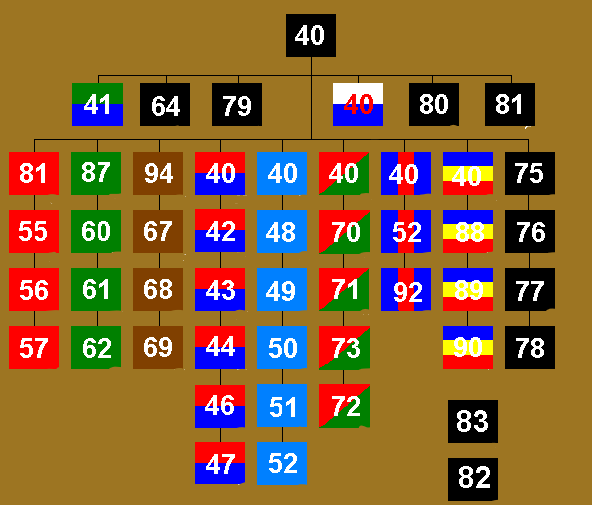

Scan this QR code to open this page on your phone ->
